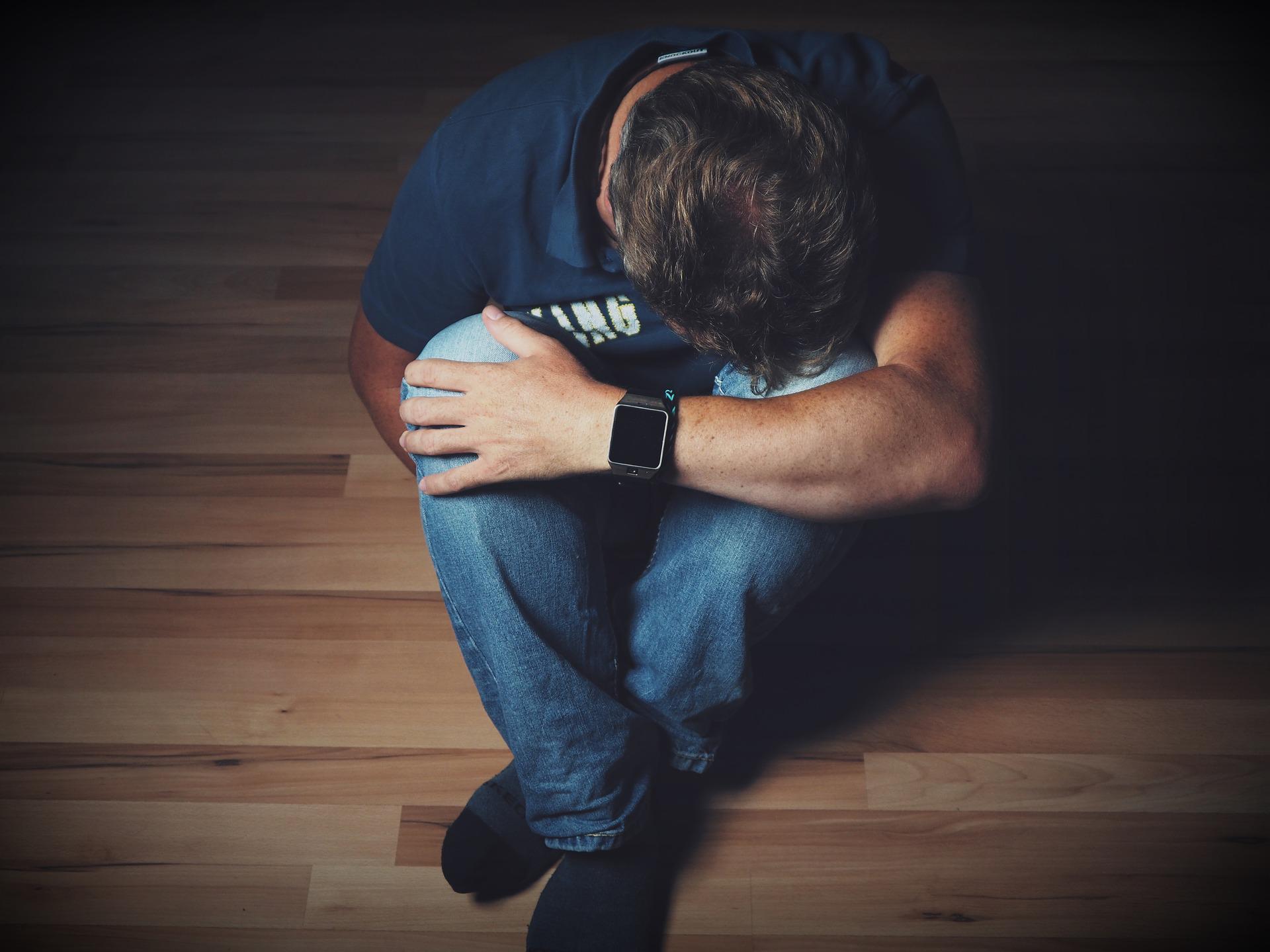Is Tramadol Addictive?

YES! For those who suffer with chronic pain or who are in post-surgery pain, tramadol is a prescription drug given to help with pain relief. Sometimes referred to as the ‘Chill Pill’ or ‘Ultram’, this drug is often mistaken for less addictive forms of opioids such as Fentanyl or Oxycontin. What people often don’t realise is that tramadol is highly addictive.
The physical and psychological effects of tramadol, although only one tenth as strong as morphine, can be intense. This makes it highly addictive, and people can quickly start to overuse tramadol for the euphoria effect it gives them. For those looking for a more intense hit, they may begin to crush the tablets to heighten the effects they get.

The Effects of Tramadol Addiction
As a prescription drug, tramadol addiction can sometimes be overlooked. The higher tolerance someone has, the more the effects will begin to manifest due to the addict needing a higher dosage more often. Symptoms of tramadol addiction include:
- Drowsiness
- Headaches
- Slurred Speech
- Impaired Coordination
- Nausea and vomiting
With any form of substance addiction, one of the biggest risks is overdose. This is when too much of a substance is consumed in a short space of time. When someone is experiencing an overdose, these symptoms cannot be missed, and medical attention would be needed urgently! Extreme weakness, feeling cold and clammy, dizziness and slow breathing, blue lips and fingernails or complete loss of consciousness can be a sign of an overdose.
Other side effects of tramadol addiction include the possibility of more severe mental and physical problems like Serotonin Disease, seizures, or Central Nervous System Depression (CNS Depression). These more serious medical conditions attack different parts of your body and can create life threatening or fatal outcomes if medical help is not sought out in time.
Dependence vs Addiction
Dependence and Addiction are two very different words with very different meanings. Although they are often used interchangeably, they are not to be confused!
Addiction is when a person has a compulsive need to take something. There is no tolerance built up against the drug, but they have stopped thinking about the negative effects it can have.
Dependency however is when a person is needing to take more having built up a tolerance against the drug they are overusing. A reliance upon the drug is developed and without the drug, their body no longer functions ‘normally’. Without the drug in their system, withdrawal symptoms can begin to manifest.
Withdrawal & Treatment
Withdrawal symptoms can look like a flu – chills, irritation, aggravation, insomnia, and sweating. Anxiety and depression are also common symptoms in withdrawal to be aware of should you start coming away from tramadol use.
Treatment may include a detox to rid the substance from your system, behavioural therapies such as Cognitive-behavioural therapy (CBT) or family behavioural therapy (FBT). These methods of treatment are aimed at helping you come away from substance abuse and create a network of support around you to reduce the likelihood of relapse post treatment.
How New Leaf Can Guide Your Recovery Journey
Anyone who is suffering with tramadol addiction can seek support and guidance with New Leaf Recovery straight away! The first step in any recovery journey is admitting your problem and seeking help. Here at New Leaf, we will be able to point you in the direction of the correct medical support and recovery for you. Contact New Leaf Recovery today to find out how we can help you begin your rehabilitation and recovery journey.
Receive a Free Call Back
"*" indicates required fields
Our Complete Recovery Journey - from your initial enquiry, all the way through treatment and beyond into ongoing support, New Leaf Recovery are there to guide and support you.
New Leaf offers a complete journey of treatment - from initial detoxification and rehabilitation to ongoing support, including aftercare, family support, and beyond into long-term recovery.
Getting the right accommodation enables us to provide the right backdrop for our recovery methods. Any form of rehabilitation needs to happen in a safe, comfortable, secure and friendly environment.
Receive a Free Call Back
"*" indicates required fields










